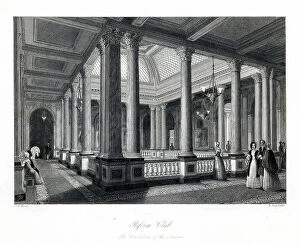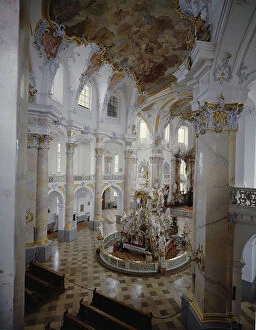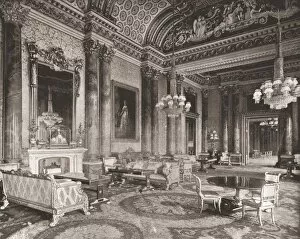Scagliola Collection
Scagliola is a beautiful and intricate form of decorative art that dates back to the Renaissance period
All Professionally Made to Order for Quick Shipping
Scagliola is a beautiful and intricate form of decorative art that dates back to the Renaissance period. This technique involves creating faux marble or stone patterns using layers of colored plaster mixed with glue and pigments. The result is a stunning surface that mimics the look of expensive materials like marble, granite, or onyx. Artisans skilled in they are create intricate designs, geometric patterns, and even realistic veining that make it difficult to distinguish from real stone. This art form was popularized in Italy during the 17th century and has since been used in grand palaces, churches, and other architectural marvels around the world. The process of creating scagliola requires patience, precision, and an eye for detail. Each layer of plaster must be carefully applied and polished to achieve a smooth finish before adding more layers for depth and texture. The final product is then sealed with wax or resin to protect it from damage. Today, scagliola continues to be appreciated for its beauty and craftsmanship. Whether used as a tabletop, wall paneling, or column decoration, this timeless art form adds elegance and sophistication to any space. So next time you come across a piece artwork, take a moment to admire the skill and dedication that went into creating it.











